Calacatta Extra Marble
 Italy
(Provincia di Massa Carrara)
Italy
(Provincia di Massa Carrara)
Calacatta Extra Marble is a kind of white marble quarried in Italy. This stone is especially good for Building stone,monuments, pool coping, sills, ornamental stone, interior, exterior, wall, floor , paving and other design projects. It also called Bianco Calacatta Pearl Marble, Calacatta Pearl Marble, Calacatta Gold Extra Marble,Calacatta Carrara Marble . Calacatta Extra Marble can be processed into Polished, honed, sawn cut, brushed, tumbled, chiseled, split and so on.

How can you tell if Calacatta Extra Marble is real?

Can Italy's Calacatta Extra Marble be used in landscaping?

Is Calacatta Extra Marble or Bianco Carrara La Facciata more expensive?

Does Calacatta Extra Marble stain easily?

Can Italy's Calacatta Extra Marble be used exterior applications in cold climates?

What is the average density of Italy's Calacatta Extra Marble?

Are there color variations of Italy's Calacatta Extra Marble?

How do you maintain Calacatta Extra Marble?

What grade is Italy's Calacatta Extra Marble?

Can Italy's Calacatta Extra Marble be used in a office?

Can Italy's Calacatta Extra Marble be used outdoors?

How thick is Italy's Calacatta Extra Marble slabs?

Is Calacatta Extra Marble warm or cool?

Does Calacatta Extra Marble need to be sealed?

Is Italy's Calacatta Extra Marble an expensive stone?

What is the average cost of Calacatta Extra Marble?

What is the coefficient of friction of Acid Washed Finish Italy's Calacatta Extra Marble tiles?

What are the disadvantages of Calacatta Extra Marble?
-

 Italy
Italy
 Verified Supplier is for prove company authenticity,including business license,trade license and effective office space,to enhance buyers' trust to suppliers and their products, reducing communication costs.
Verified Supplier is for prove company authenticity,including business license,trade license and effective office space,to enhance buyers' trust to suppliers and their products, reducing communication costs.
Contact Supplier
-

 Italy
Italy
 13YRDiamond members are premium members on platform, providing members with comprehensive approach to promoting their products, increasing products exposure and investment return to maximize.
13YRDiamond members are premium members on platform, providing members with comprehensive approach to promoting their products, increasing products exposure and investment return to maximize.
 Verified Supplier is for prove company authenticity,including business license,trade license and effective office space,to enhance buyers' trust to suppliers and their products, reducing communication costs.
Verified Supplier is for prove company authenticity,including business license,trade license and effective office space,to enhance buyers' trust to suppliers and their products, reducing communication costs.
Contact Supplier
-

 Italy
Italy
 7YRDiamond members are premium members on platform, providing members with comprehensive approach to promoting their products, increasing products exposure and investment return to maximize.
7YRDiamond members are premium members on platform, providing members with comprehensive approach to promoting their products, increasing products exposure and investment return to maximize.
Contact Supplier
-

Xiamen Landiview Stone Co. Ltd.
 China
China
 8YRDiamond members are premium members on platform, providing members with comprehensive approach to promoting their products, increasing products exposure and investment return to maximize.
8YRDiamond members are premium members on platform, providing members with comprehensive approach to promoting their products, increasing products exposure and investment return to maximize.
 Verified Supplier is for prove company authenticity,including business license,trade license and effective office space,to enhance buyers' trust to suppliers and their products, reducing communication costs.
Verified Supplier is for prove company authenticity,including business license,trade license and effective office space,to enhance buyers' trust to suppliers and their products, reducing communication costs.
Contact Supplier
-

 China
China
 4YRDiamond members are premium members on platform, providing members with comprehensive approach to promoting their products, increasing products exposure and investment return to maximize.
4YRDiamond members are premium members on platform, providing members with comprehensive approach to promoting their products, increasing products exposure and investment return to maximize.
 Verified Supplier is for prove company authenticity,including business license,trade license and effective office space,to enhance buyers' trust to suppliers and their products, reducing communication costs.
Verified Supplier is for prove company authenticity,including business license,trade license and effective office space,to enhance buyers' trust to suppliers and their products, reducing communication costs.
Contact Supplier
-

 Italy
Italy
 Verified Supplier is for prove company authenticity,including business license,trade license and effective office space,to enhance buyers' trust to suppliers and their products, reducing communication costs.
Verified Supplier is for prove company authenticity,including business license,trade license and effective office space,to enhance buyers' trust to suppliers and their products, reducing communication costs.
Contact Supplier
-

-

 China
China
 8YRDiamond members are premium members on platform, providing members with comprehensive approach to promoting their products, increasing products exposure and investment return to maximize.
8YRDiamond members are premium members on platform, providing members with comprehensive approach to promoting their products, increasing products exposure and investment return to maximize.
 Verified Supplier is for prove company authenticity,including business license,trade license and effective office space,to enhance buyers' trust to suppliers and their products, reducing communication costs.
Verified Supplier is for prove company authenticity,including business license,trade license and effective office space,to enhance buyers' trust to suppliers and their products, reducing communication costs.
Contact Supplier
-

 Italy
Italy
 13YRDiamond members are premium members on platform, providing members with comprehensive approach to promoting their products, increasing products exposure and investment return to maximize.
13YRDiamond members are premium members on platform, providing members with comprehensive approach to promoting their products, increasing products exposure and investment return to maximize.
 Verified Supplier is for prove company authenticity,including business license,trade license and effective office space,to enhance buyers' trust to suppliers and their products, reducing communication costs.
Verified Supplier is for prove company authenticity,including business license,trade license and effective office space,to enhance buyers' trust to suppliers and their products, reducing communication costs.
Contact Supplier
-

 Russian Federation
Russian Federation
Contact Supplier
The request includes: 1. surface finished, size 2. quantity required







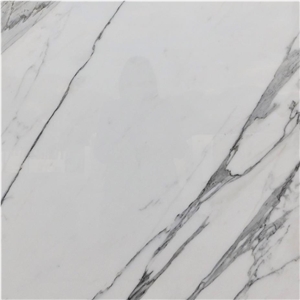
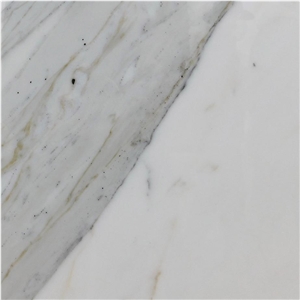
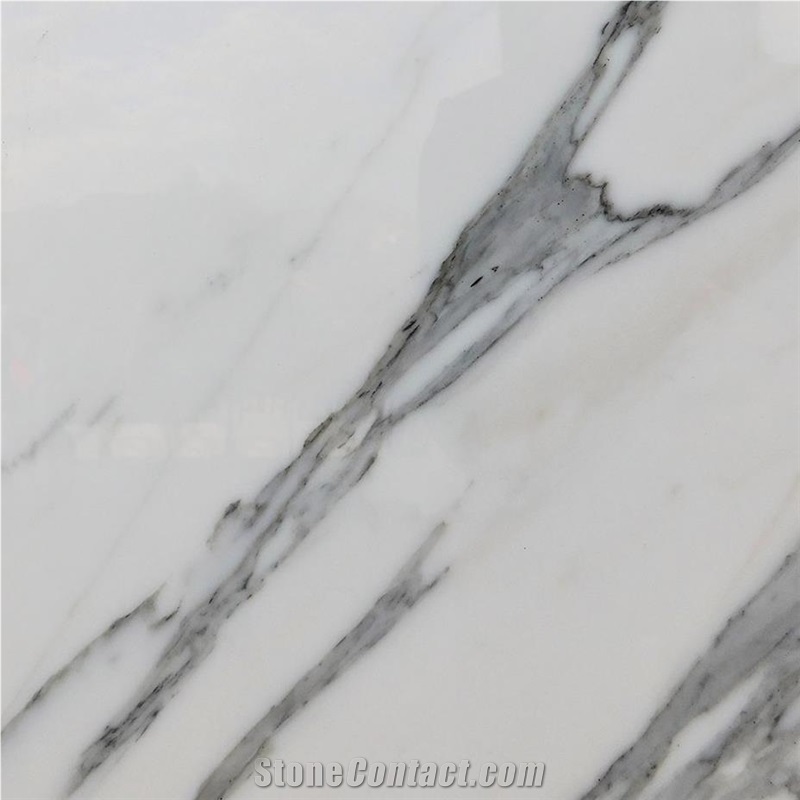
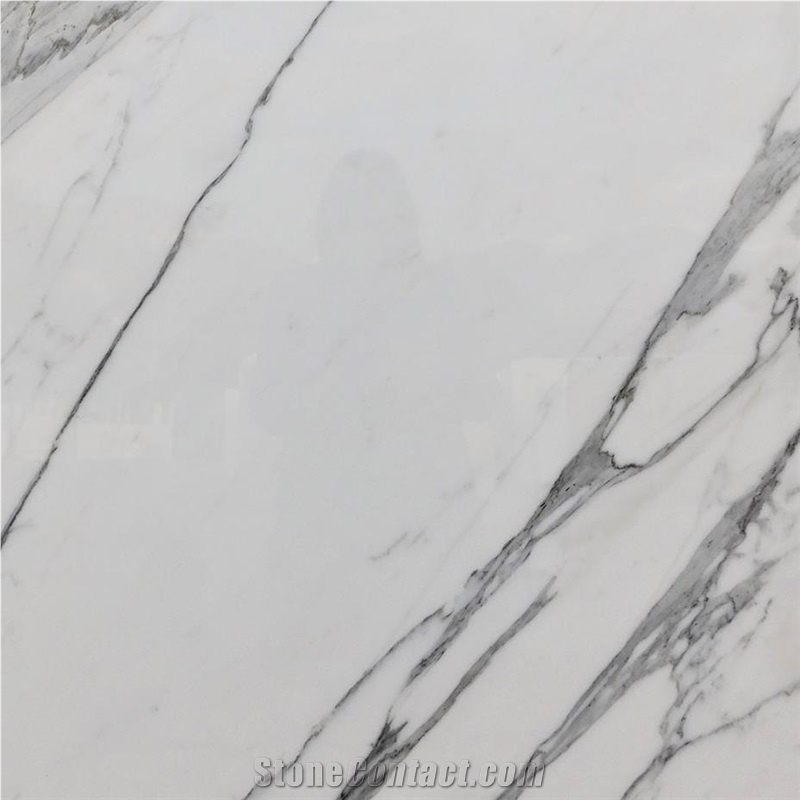
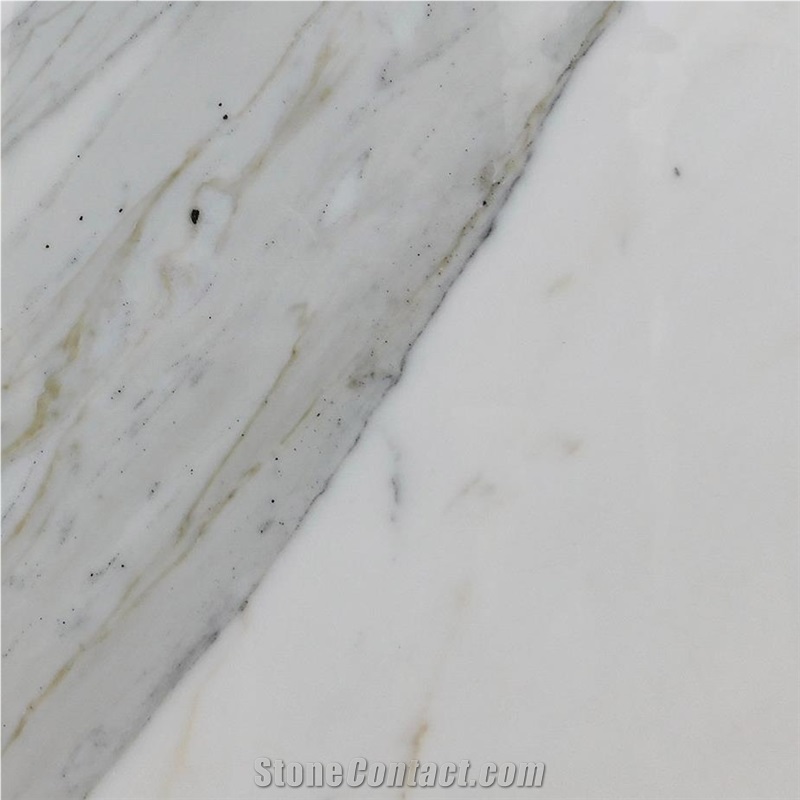
 Turkey
Turkey